Machine-learning (artificial intelligence) & coral health: from description to prediction
Marine biologists are excellent at diagnosing death but have admittedly done a poor job of modeling health of living marine organisms in a framework that would enable identification of highly stress-susceptible individuals (or, alternatively, the presence of “refugia” featuring high numbers of more robust species). I have been switching gears from purely descriptive work (i.e. “coral obituaries”) to using the data from both lab and field studies to develop predictive models of coral health, with the ultimate goal of enabling “coral reef triage.”
In this example, the predictive model is derived from machine-learning, and the “Steps” are those proposed to be undertaken in the Coral Triangle.
Although less ideal, it is also possible to make predictions of:
coral resilience from coral physiological data alone (e.g., Mayfield 2022)
reef resilience from environmental and benthic survey data alone
(e.g., work from the Solomon Islands & Palau)
As a proof-of-concept for this idea, I re-explored a published data from the Kingdom of Tonga recently and developed a coral health metric called the “coral health index” or CHI (氣). Read more about this parameter here, but it’s basically an amalgamation of a few different reef coral response variables known to be indicative of health (e.g., dinoflagellate density).
A vibrant reef in Tonga
I next used a machine-learning approach in which I tested a large number of models simultaneously, ultimately settling on a neural network as being the superior modeling type for using environmental (“ENV” in the figure below; e.g., temperature) and ecological (“ECO;” i.e., the structure of the benthos) data to predict where you are likely to find corals demonstrating the highest levels of health and resilience.
The 2-4-character abbreviations in panels B and C represent the percent barren substrate and various coral genera, respectively.
After optimizing the diverse array of neural network modeling parameters (e.g., number of hidden layers and activation nodes) through building testing approximately 20,000 models, I was able to identify a number that accurately predicted coral health based on environmental factors alone, benthic factors alone, and a combination of both (I also tried to predict coral cover from environmental factors; panel A).
Don’t worry; these models are very complex; the important thing is that the machine (i.e., my laptop) has “learned” how to make accurate coral health predictions (see validation R2 values.) using an array of typically cheap, relatively easy-to-acquire benchmarks.
I have now repeated this analysis in New Caledonia and the Solomon Islands (manuscript submitted in November 2022 to Applied Sciences). I also have a new demo GUI that allows you to predict where resilient corals will be found in the Solomon Islands, and I am hoping to secure funding to grow this AI capacity in the Coral Triangle.






